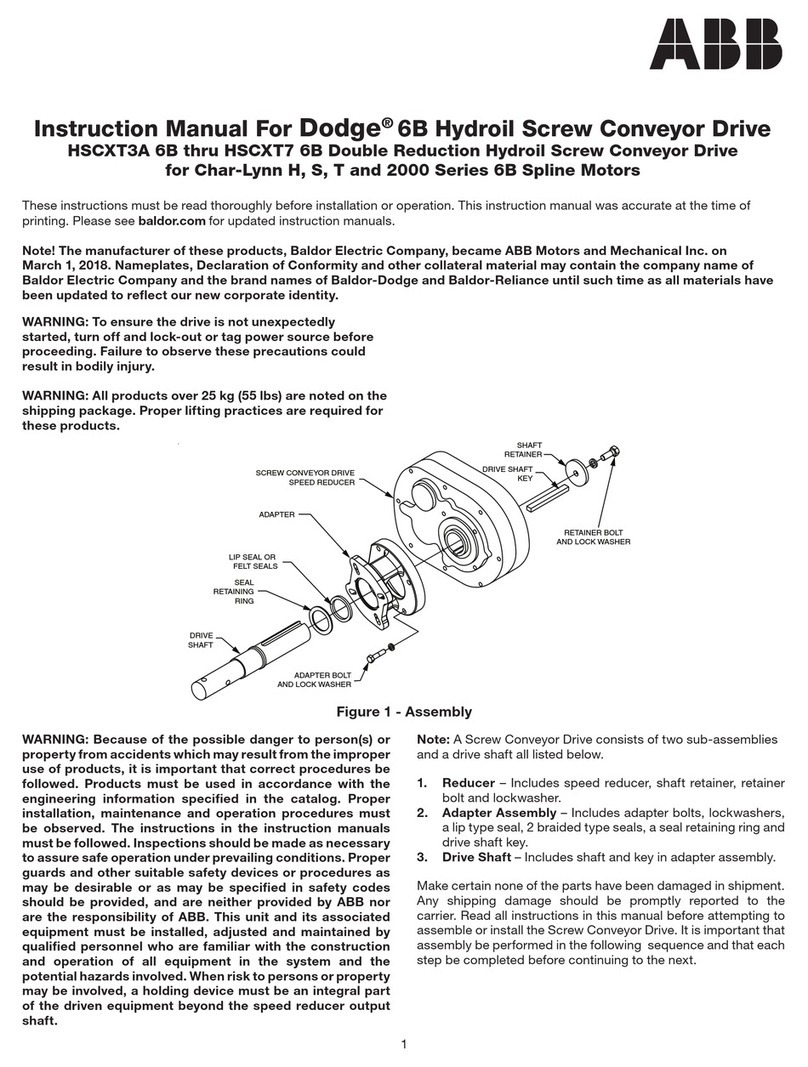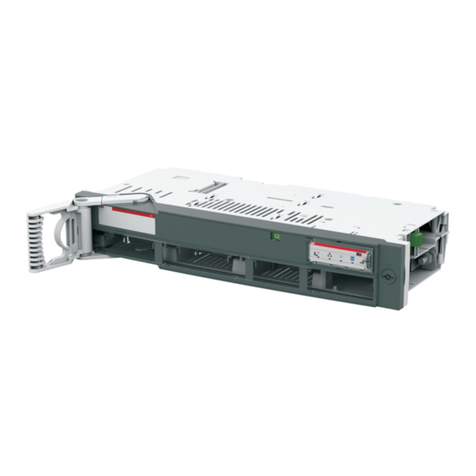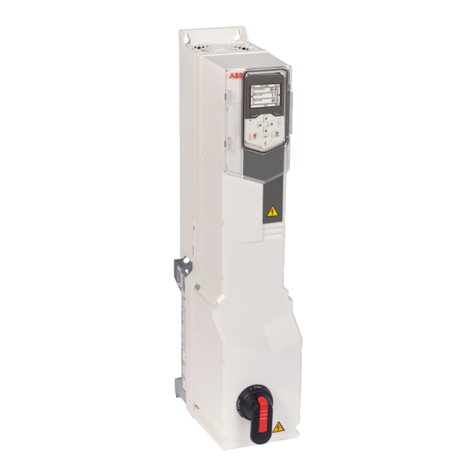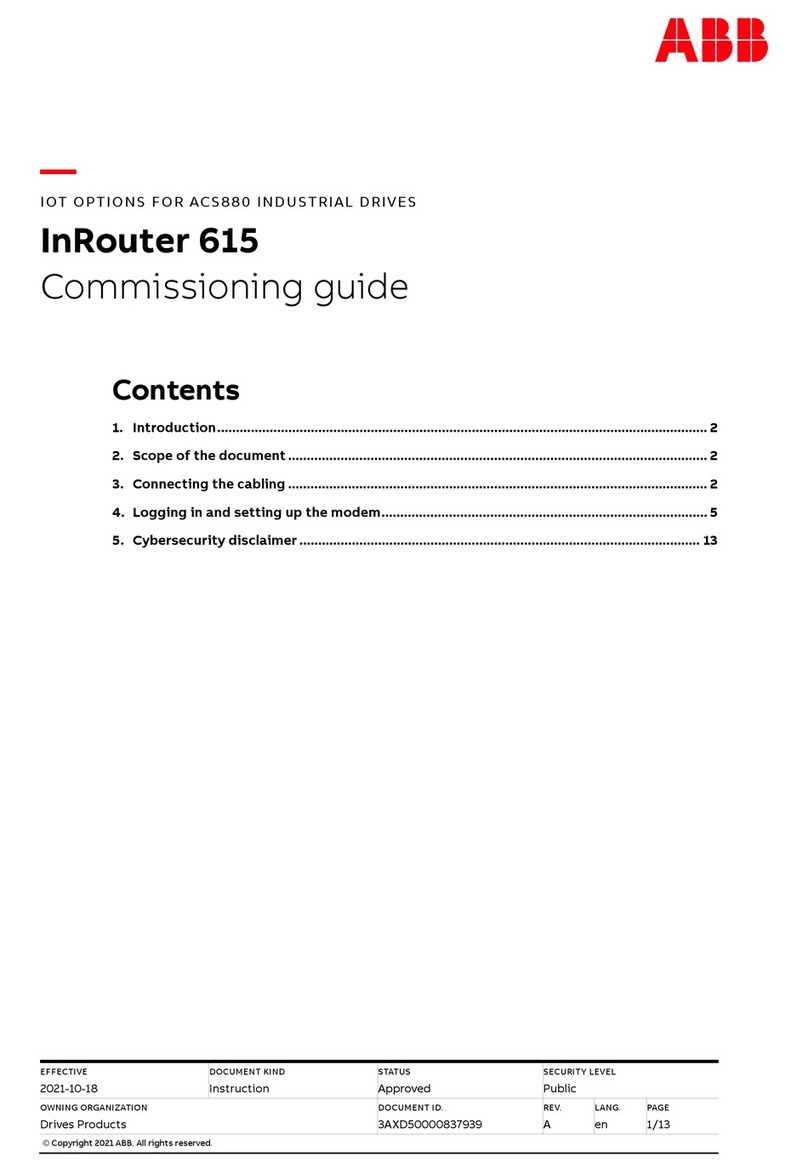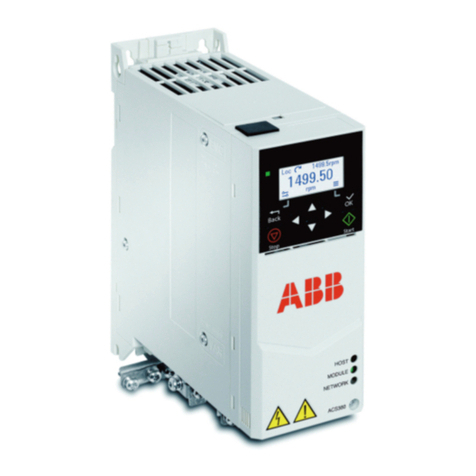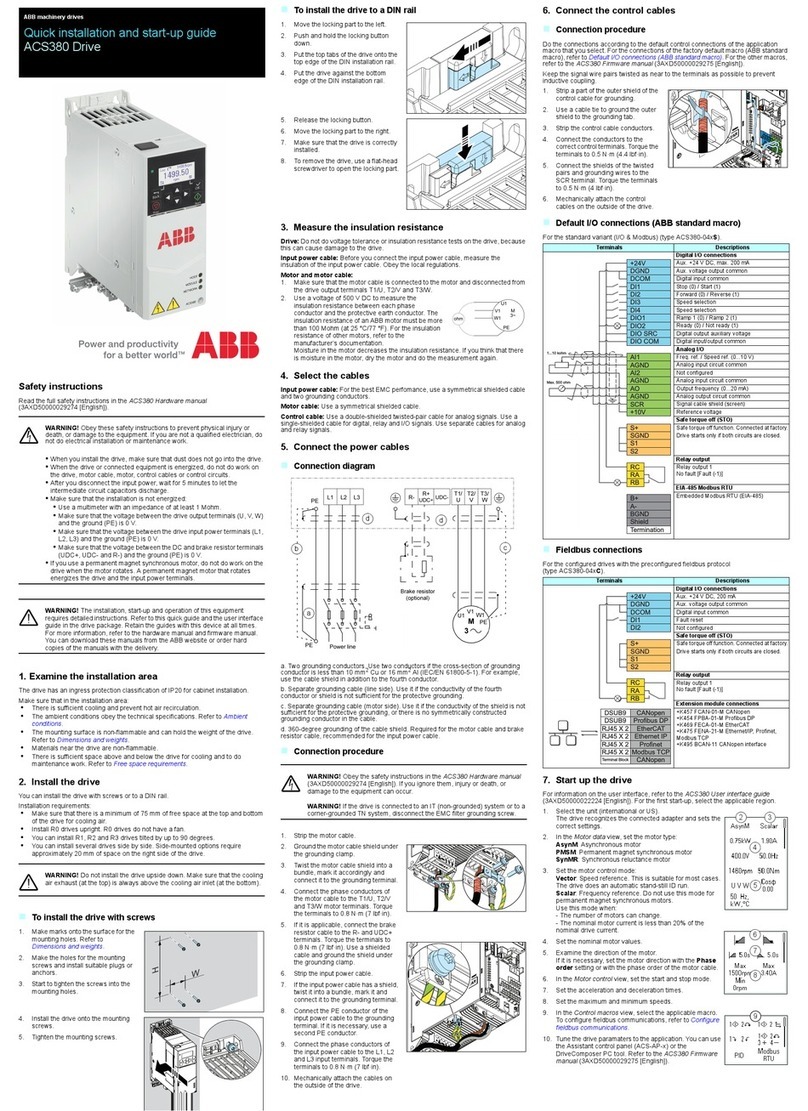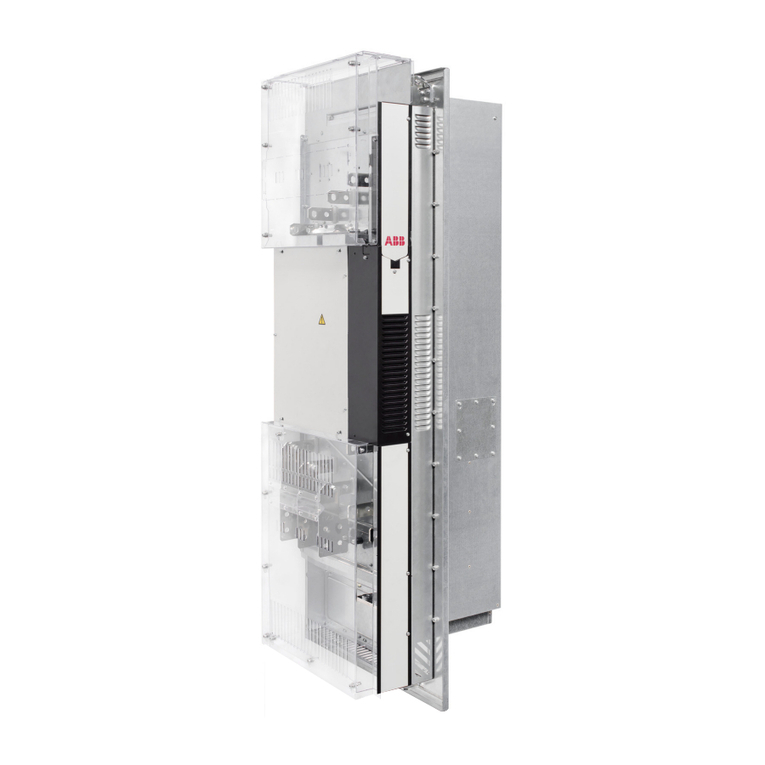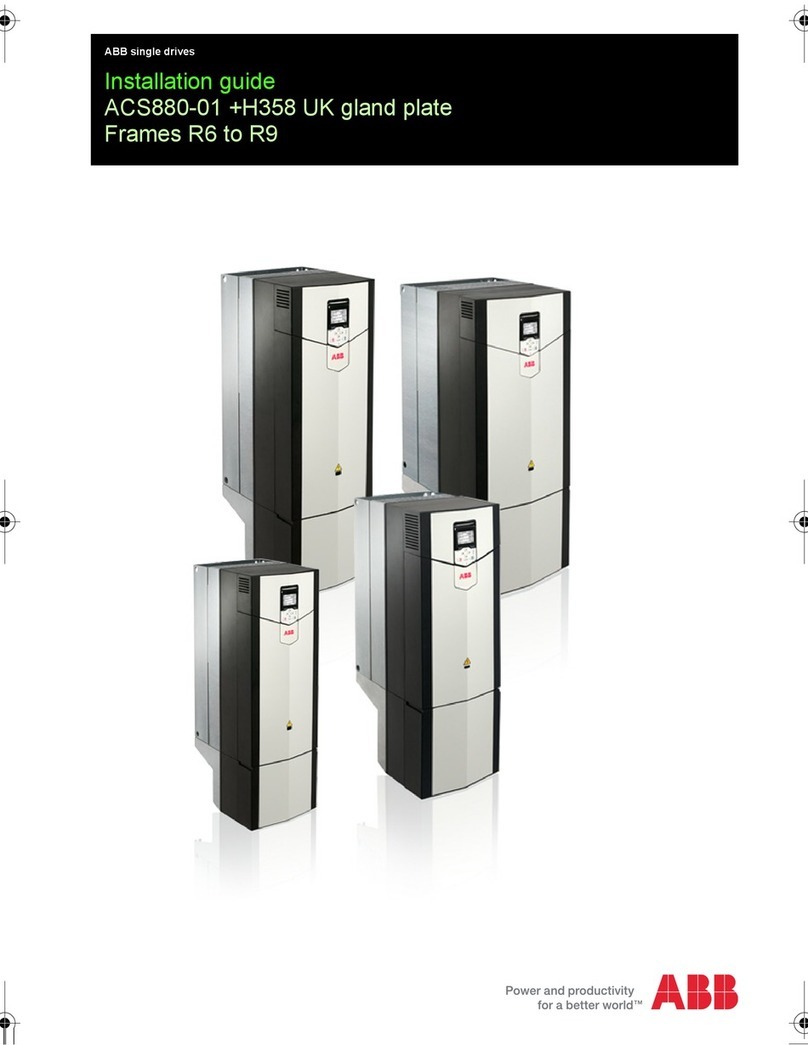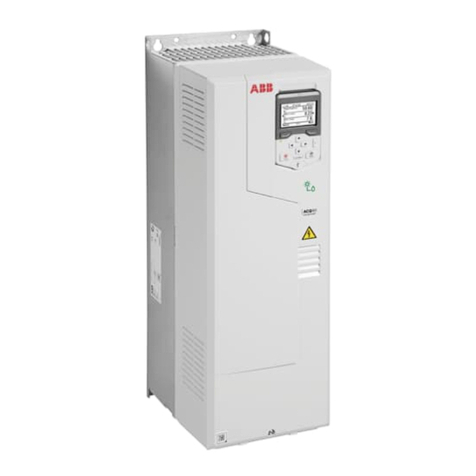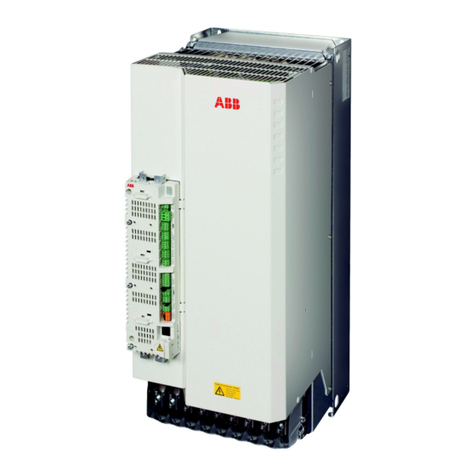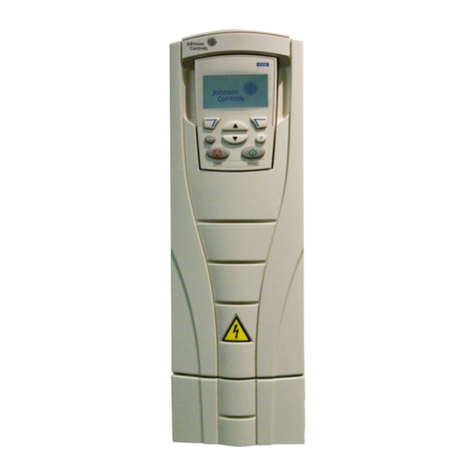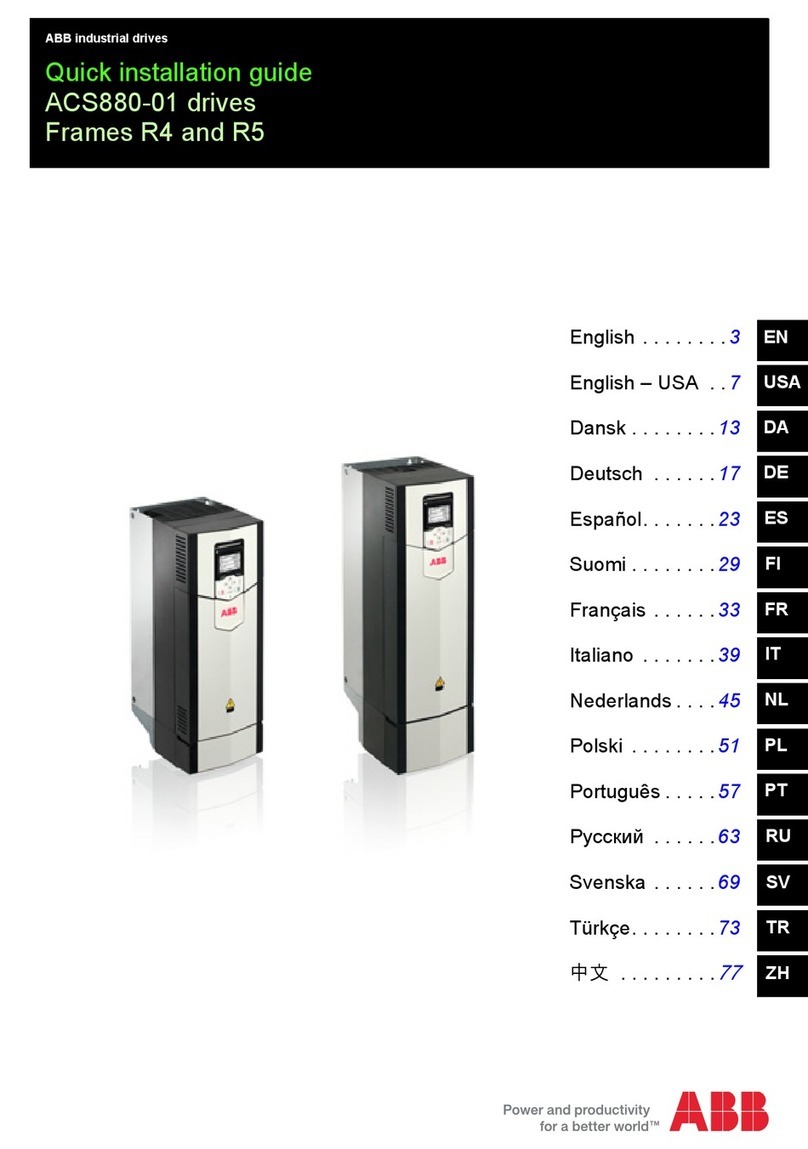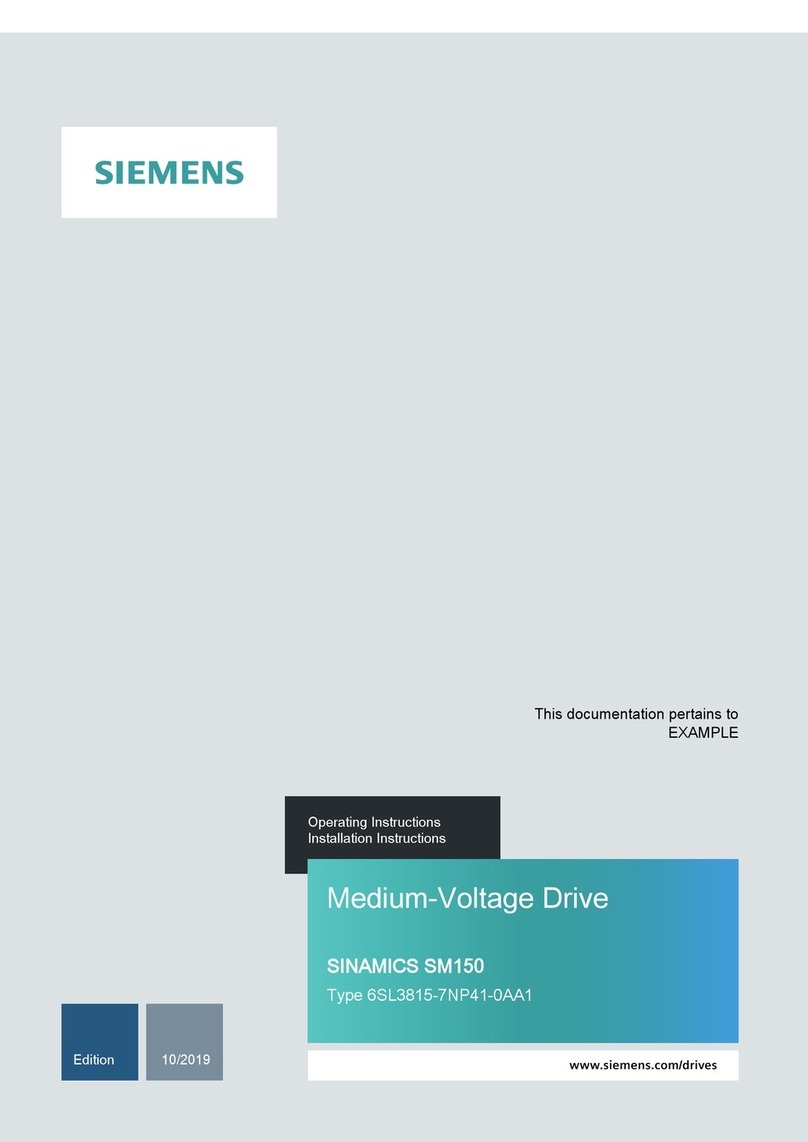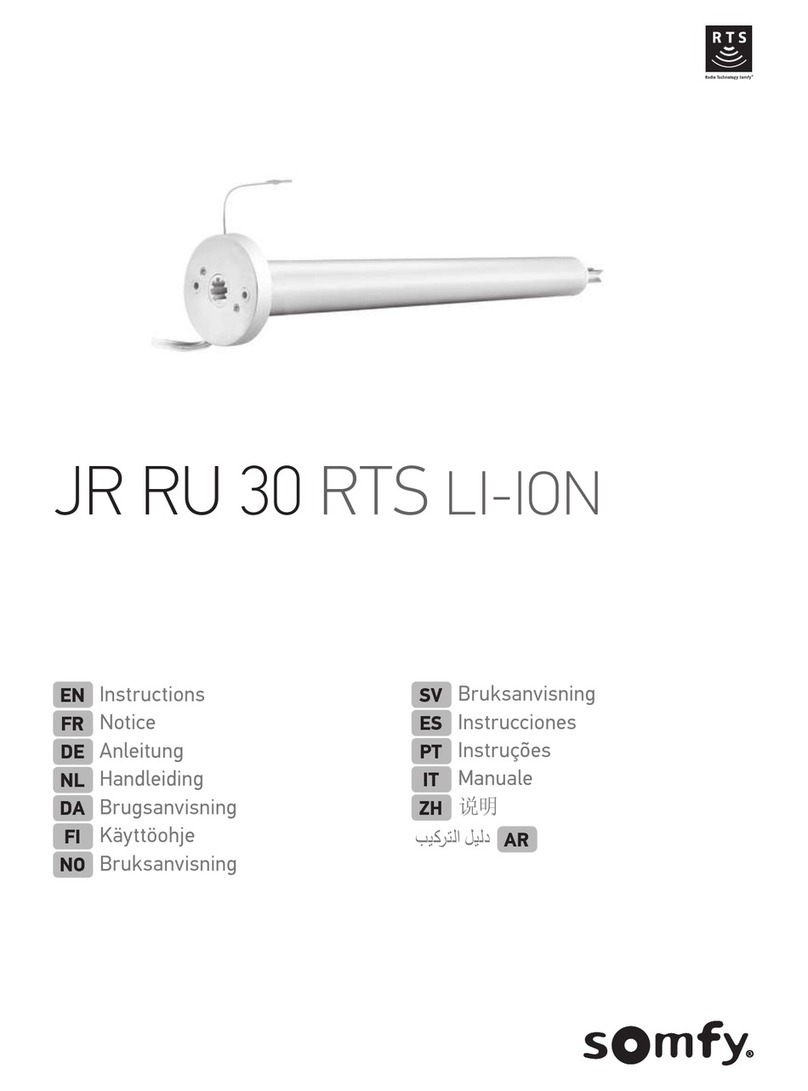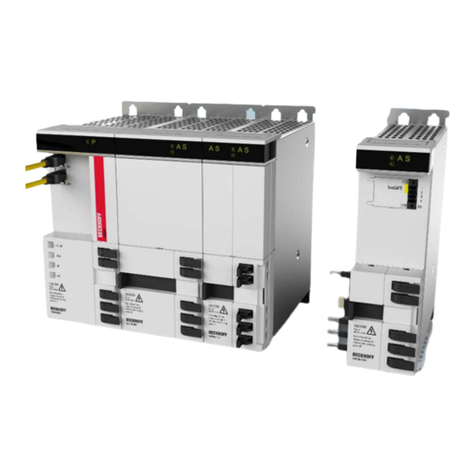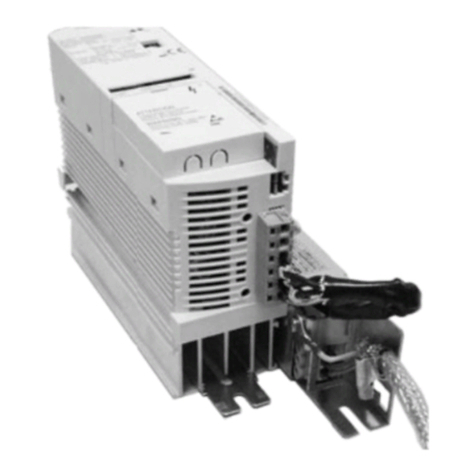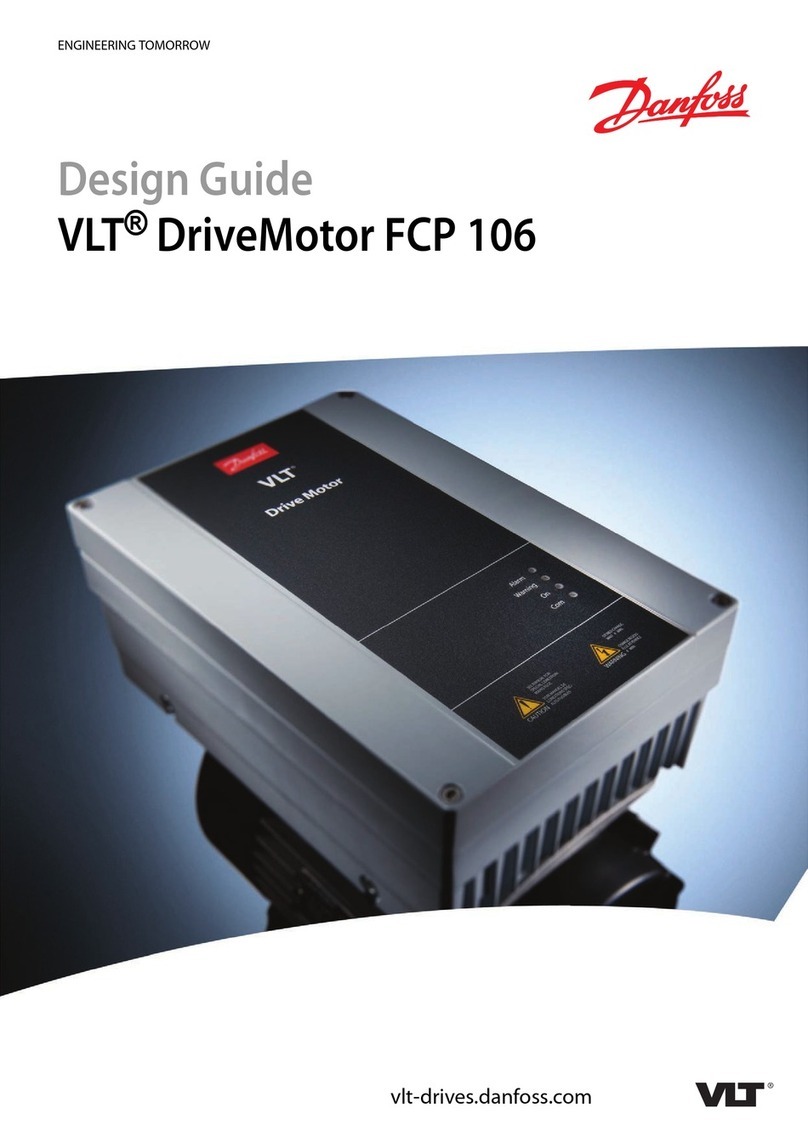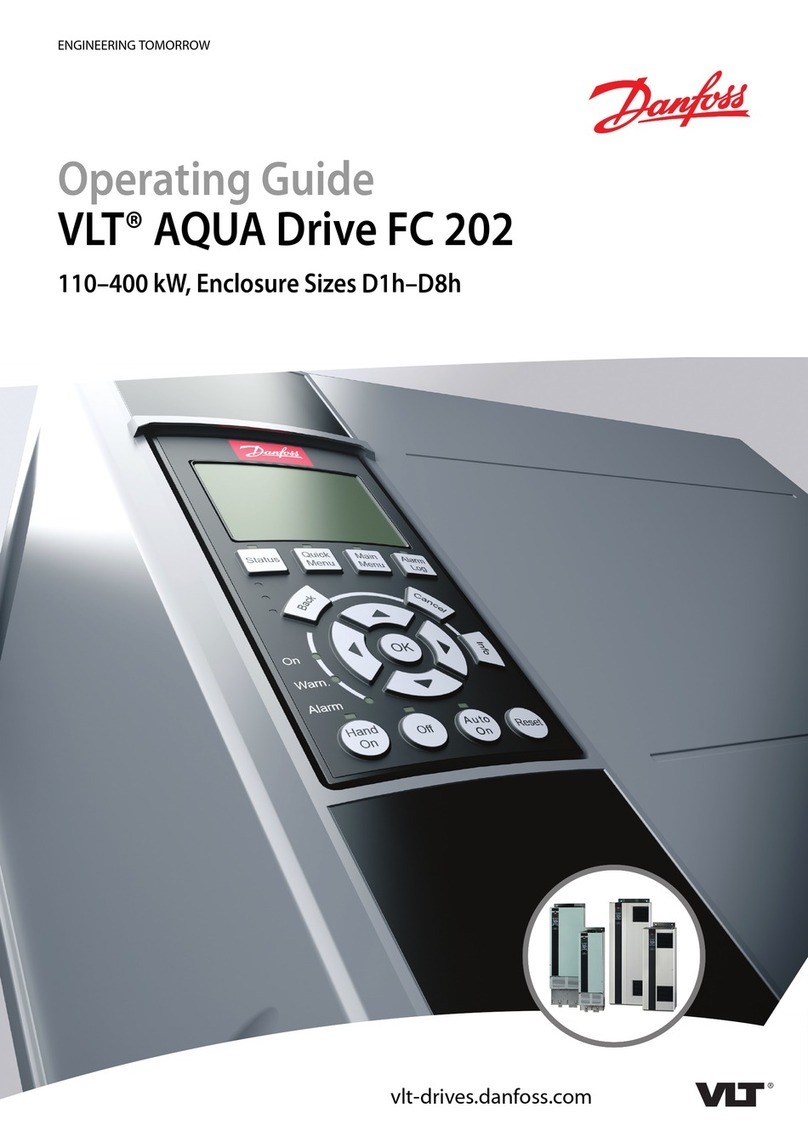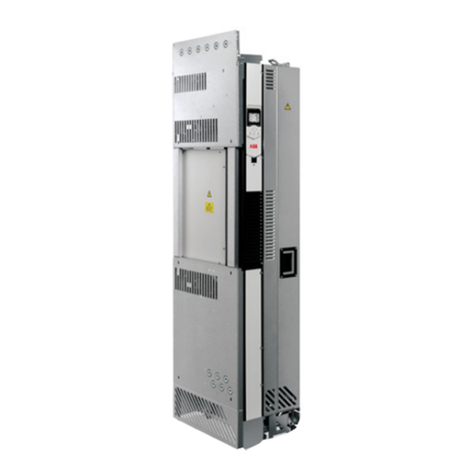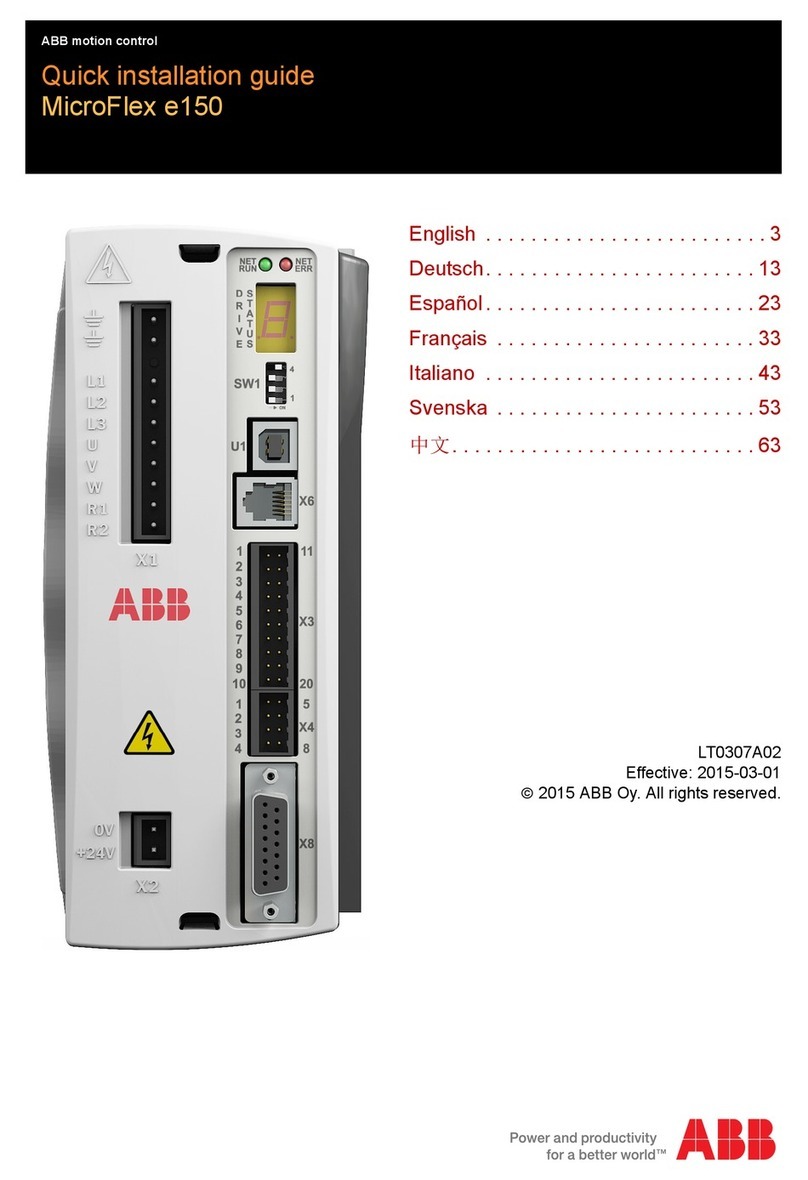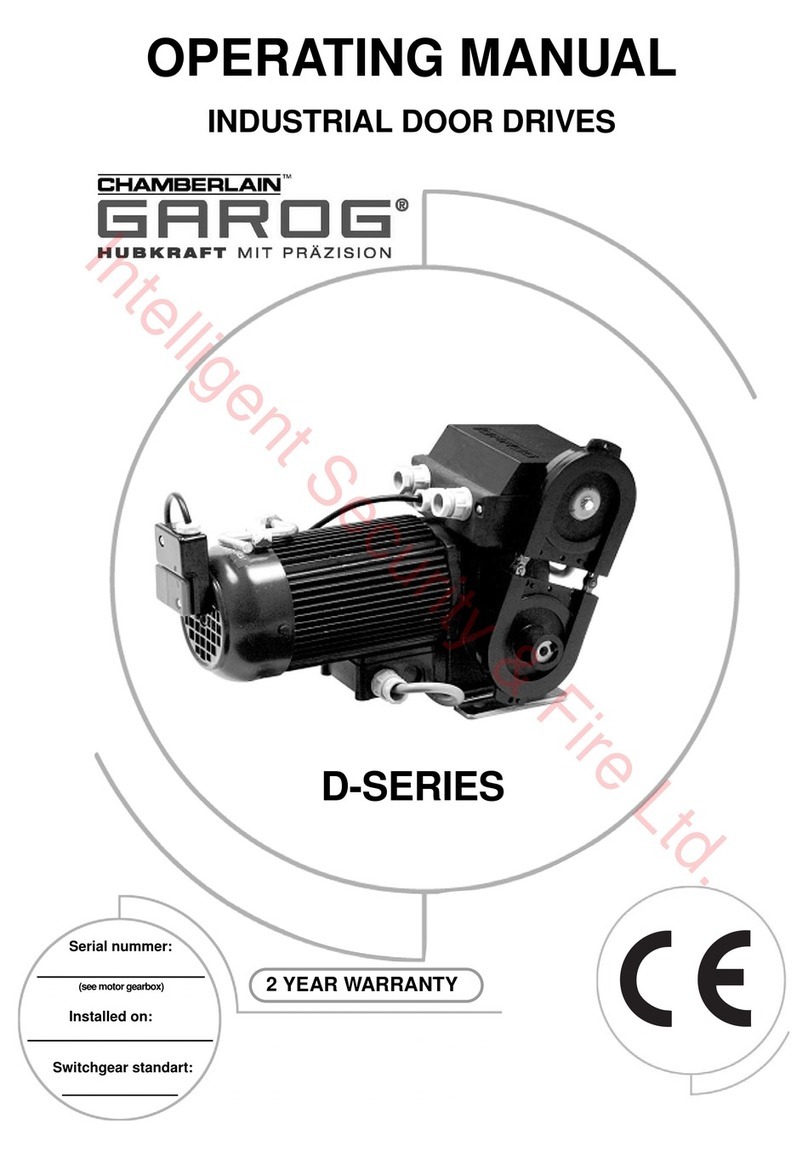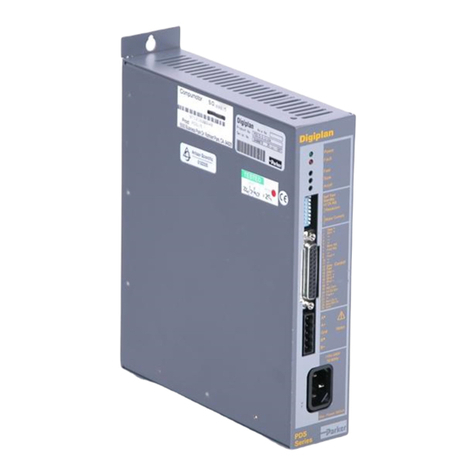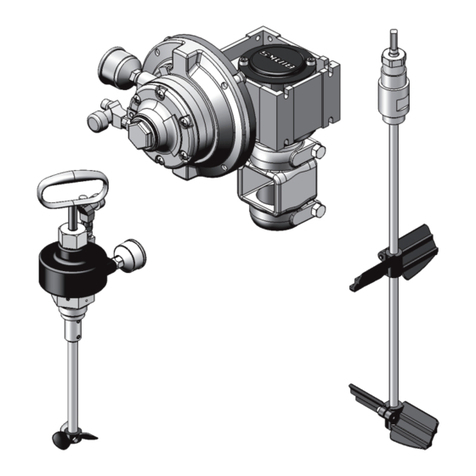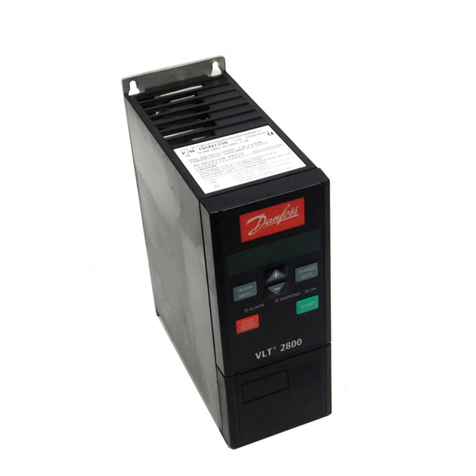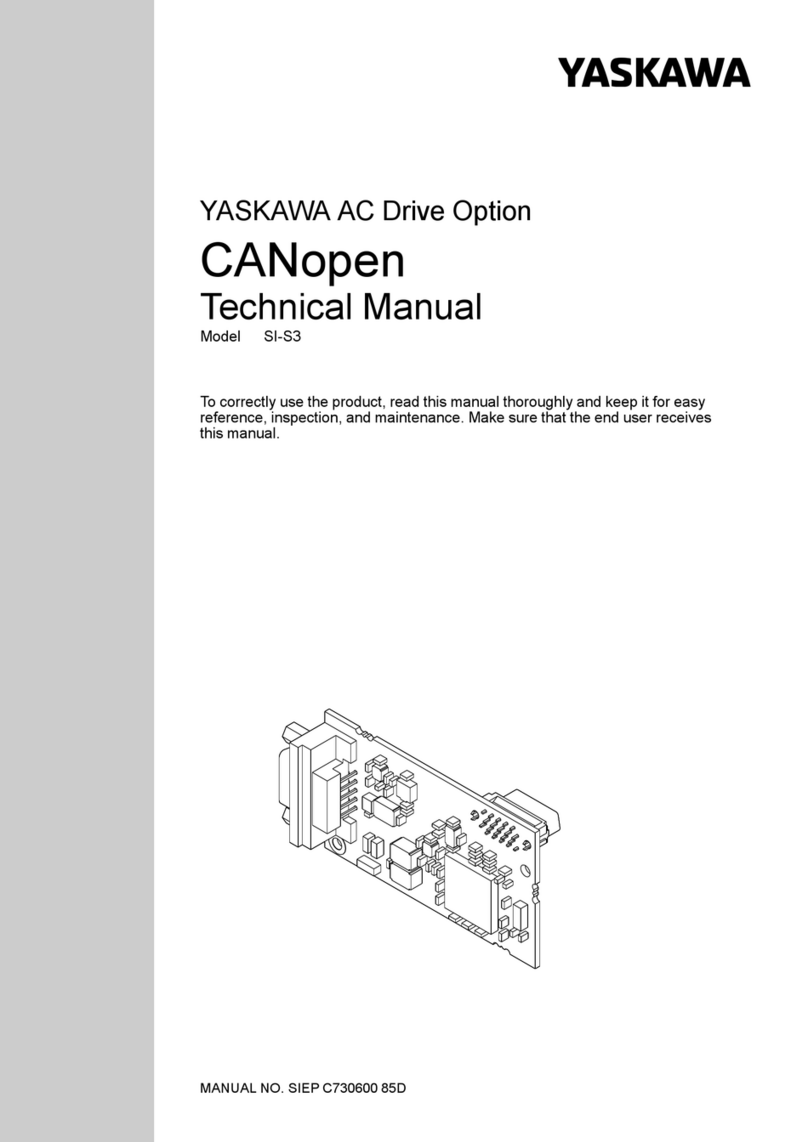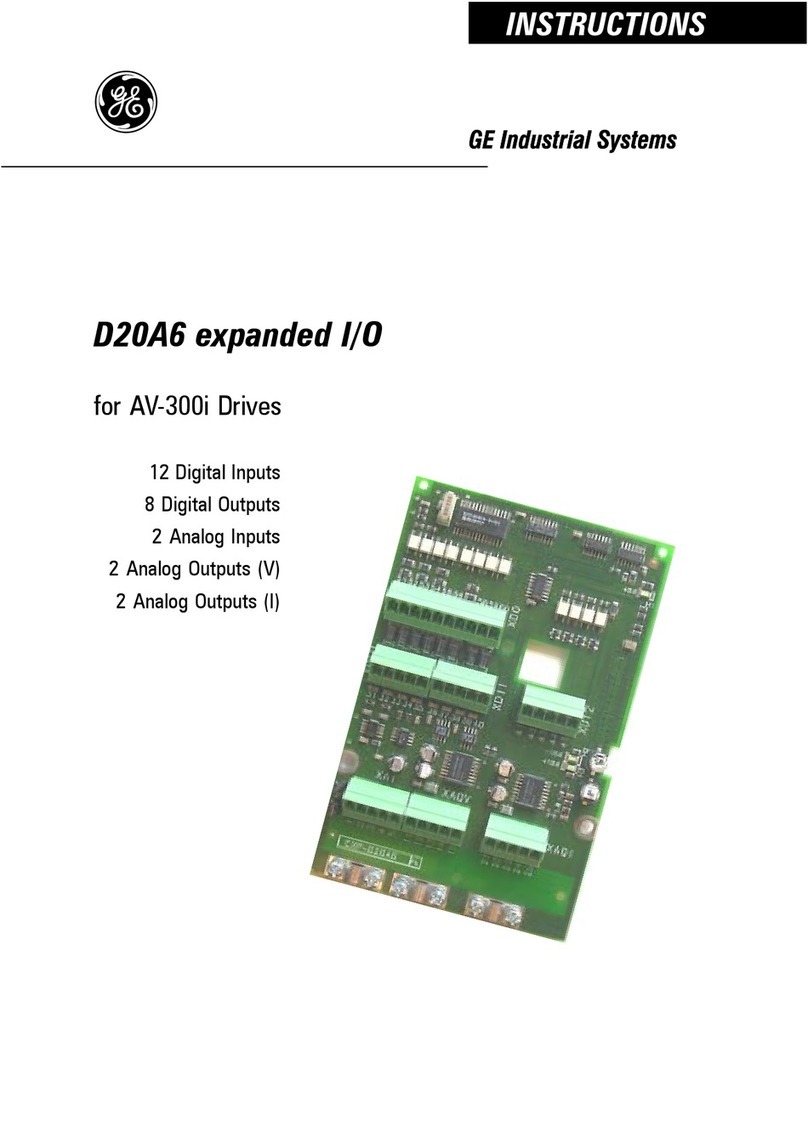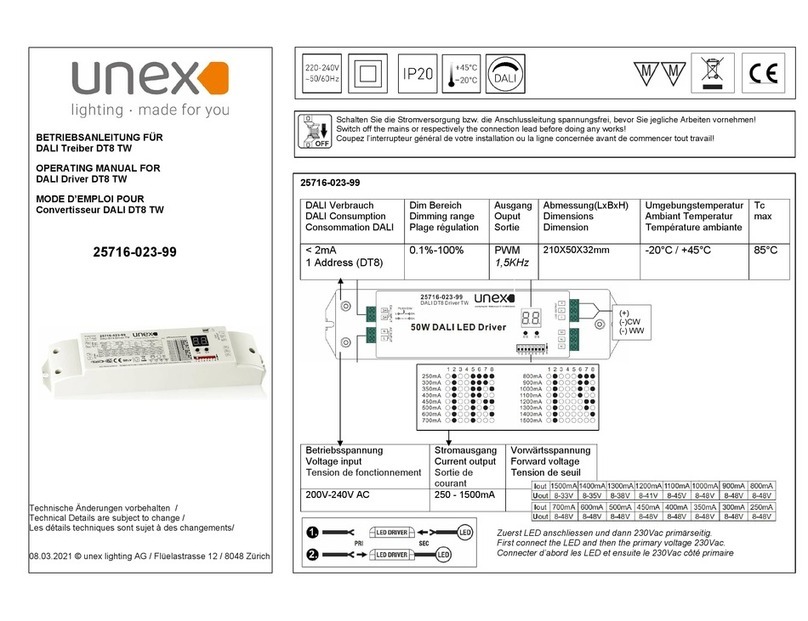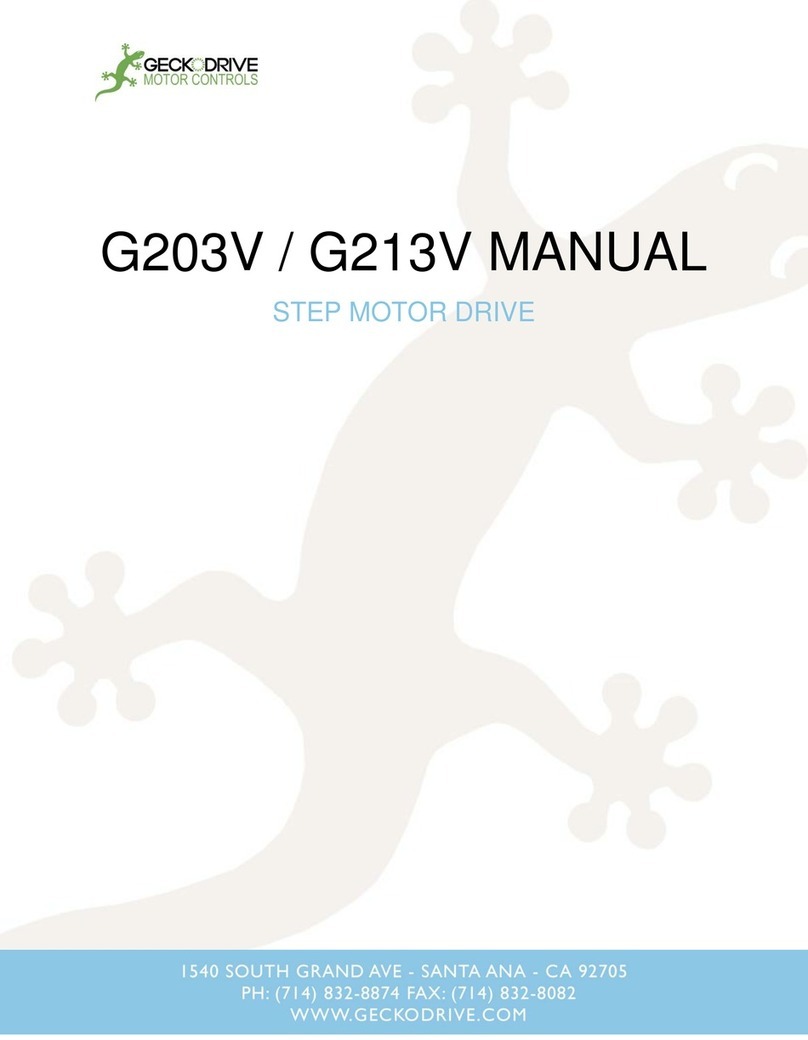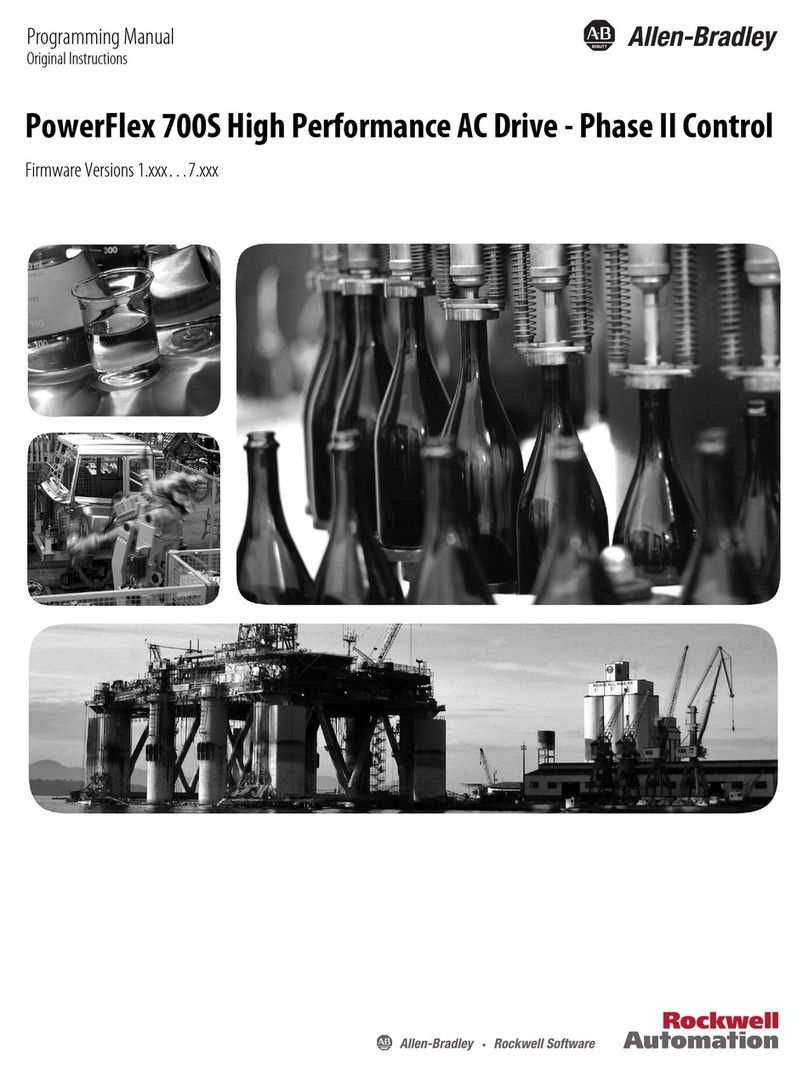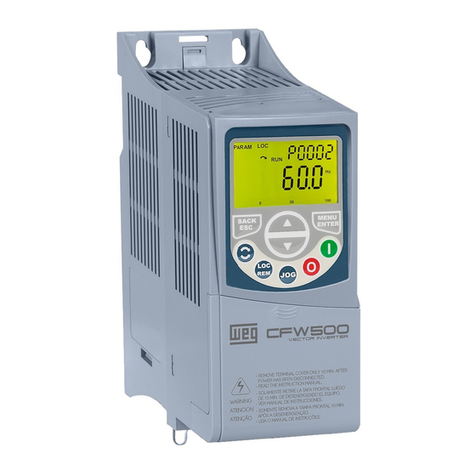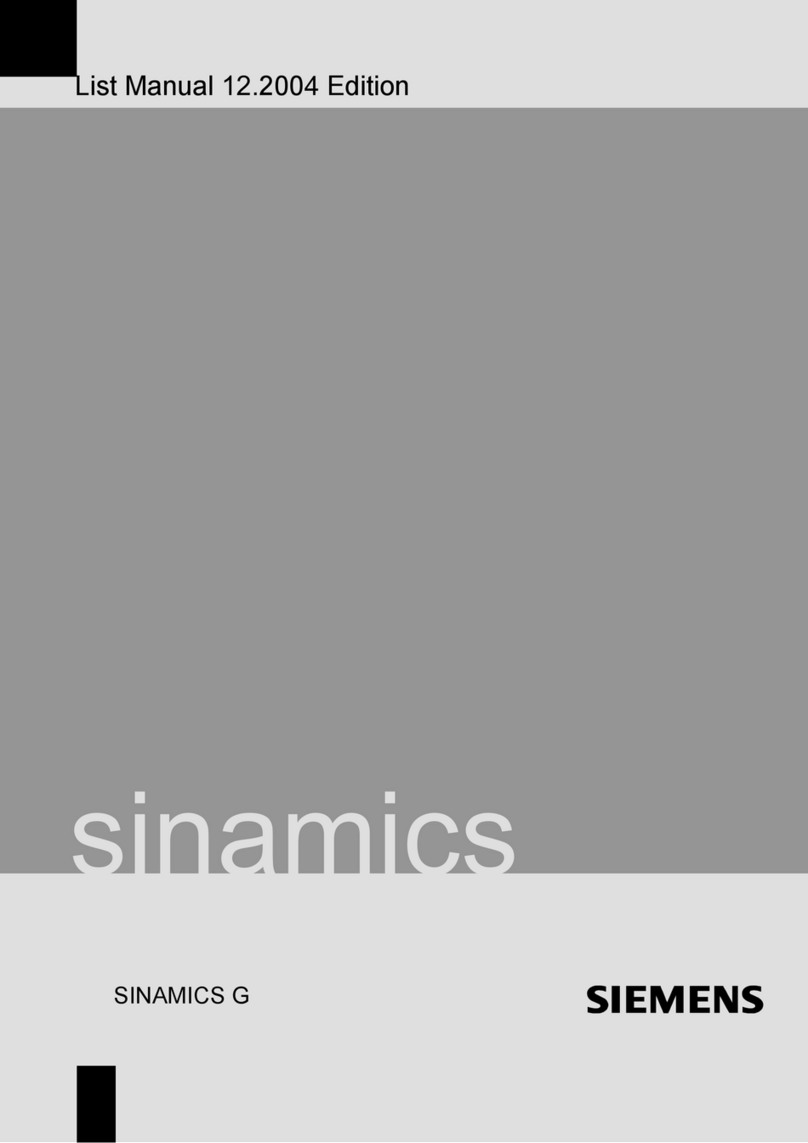
Table of contents
1 Safety instructions
7Contents of this chapter ...........................................................................
7Use of warnings and notes .......................................................................
8Instructions for functional safety circuits ........................................................
9Electrical safety precautions .....................................................................
2 Introduction to the manual
11Contents of this chapter ...........................................................................
11Applicability .........................................................................................
11Target audience ....................................................................................
11Exclusion of liability ................................................................................
12Quick reference guide for taking a safety function into use ..................................
12Related documents ................................................................................
13Terms and abbreviations ..........................................................................
3 Option description
15Contents of this chapter ...........................................................................
15Overview ............................................................................................
15Operation principle .................................................................................
17Fault reaction function .............................................................................
17Hardware settings ..................................................................................
4 Electrical installation
19Contents of this chapter ...........................................................................
19Wiring ................................................................................................
5 Parameter settings
21Contents of this chapter ...........................................................................
21Inverter unit parameter settings ..................................................................
21Supply unit parameter settings ...................................................................
6 Use of the safety function
23Contents of this chapter ...........................................................................
23Activating the safety function .....................................................................
23Resetting the safety function .....................................................................
7 Start-up and validation test
25Contents of this chapter ...........................................................................
25Validation of the safety functions ................................................................
25Competence .....................................................................................
25Validation procedure ...........................................................................
26Validation test reports ..........................................................................
26Start-up and validation test .......................................................................
Table of contents 5


